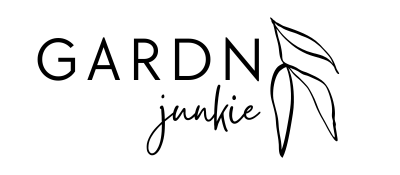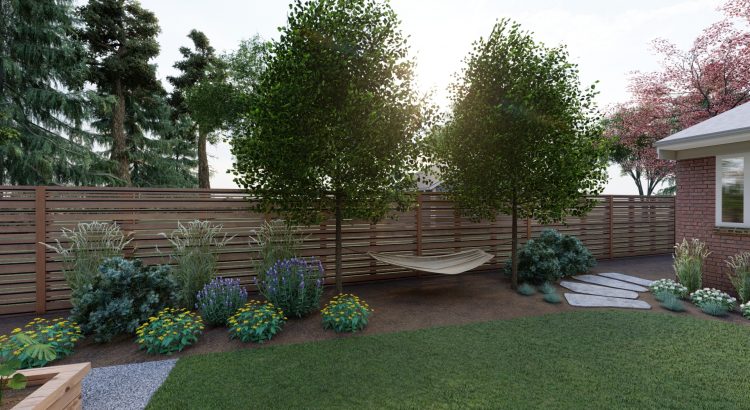Whether you have an area of your garden that is very shady or you simply don’t want to take the time to prune or water, there are several types of plants that can thrive in your shady areas. Some of these include Lungwort, Caladium, Bleeding Heart, and Hostas.
Lilyturf
Whether you are looking for a ground cover or an edging plant, Lily Turf can provide you with a lush and colorful addition to your garden. It is known for its hardiness and ease of care. It is a perennial that can thrive in both sun and shade. Its sword-shaped leaves form a dense carpet, making it an ideal choice for a shady spot in your garden.
The plant has been used as an ornamental grass in many areas of the US, but lilyturf is often overshadowed by its more showy cousins. However, it is one of the most hardy and versatile grasses out there, and it will grow well in almost any type of soil. It is a good choice for slopes, and can also be used in containers.
Hostas
Whether you have a shady corner in your yard or need to add some color to your shade garden, hostas are a fantastic choice. They’re low maintenance and easy to care for, and they come in a variety of different colors and foliage patterns. They also attract hummingbirds and butterflies.
Some hostas are great for full sun, and others prefer shade. Some are fast growers, while others will take a bit more time to mature. You can also multiply them by digging up small plants, replanting them, and then massing them en masse.
Some varieties have variegated leaves, which is a fun and unexpected combination. There are several colors to choose from, including white, blue, and yellow.
Caladium
Whether you’re looking for a plant to add curb appeal to your garden, or want to brighten up a shady spot, Caladiums are the answer. These colorful plants have a variety of cultivars, allowing you to select the perfect color for your home.
You can easily grow Caladiums in your own garden. They are heavy feeders, so they’ll need regular fertilizer. They will also thrive in containers. These plants are best suited for areas with full or partial shade. They are a great addition to hanging planters or window boxes.
There are two main types of Caladiums. They include Fancy-leaf, or heart leaf, and Lance-leaf, or strap leaf.
Lungwort
Adding plants to your garden that liven up shady areas can be a great way to brighten up your outdoor space. There are many varieties of shade plants, and it is important to choose the right ones for your yard.
Lungwort is one of the best plants for shady spots. It is low-maintenance and performs well in dry and moist conditions. It has attractive foliage and blooms. It can be combined with other perennials or shrubs. It also is deer-resistant.
The foliage of this plant resembles a lung. It is dappled with silvery spots. These plants are a favorite of birds and insects, and are known to attract pollinators. The flowers are also colorful and add color to your garden.
Giant Exhibition Palisandra
Whether you’re looking for a shady garden plant or a bright statement in the landscape, the Giant Exhibition Palisandra is a great choice. Its velvety smooth leaves and large serrated leaves make this plant an ideal choice.
The crimson heart shaped leaves are a striking feature that provide a bold contrast to more green plants. They are a great addition to a landscape or a plant container. This heirloom Coleus will grow to about 6 to 8 inches tall, with a width of about 4 inches.
While it’s not as hardy as digitalis, it’s still a good choice for a rain garden or a low light area. It has plenty of branching and produces balls of small white flowers in autumn.
Bleeding heart
Generally, a bleeding heart will bloom from April through May. During that time, you can enjoy the plant’s graceful arching stems and aplenty of heart shaped flowers. If you are looking for a garden plant that will thrive in shaded areas, you’ll want to give this perennial a try.
The flower stalks of this lovely plant are also useful in cut flower arrangements. When the leaves begin to die back, annual impatiens can be planted in the spot.
You can grow this plant in both full sun and part-shade locations. In addition, bleeding hearts are drought tolerant to a degree. However, if you live in a hotter region, the plant may fizzle out too quickly. It is important to water regularly and to prevent powdery mildew.

